Does perimenopause cause hair loss?
4 months ago
Perimenopause4 months ago
Perimenopause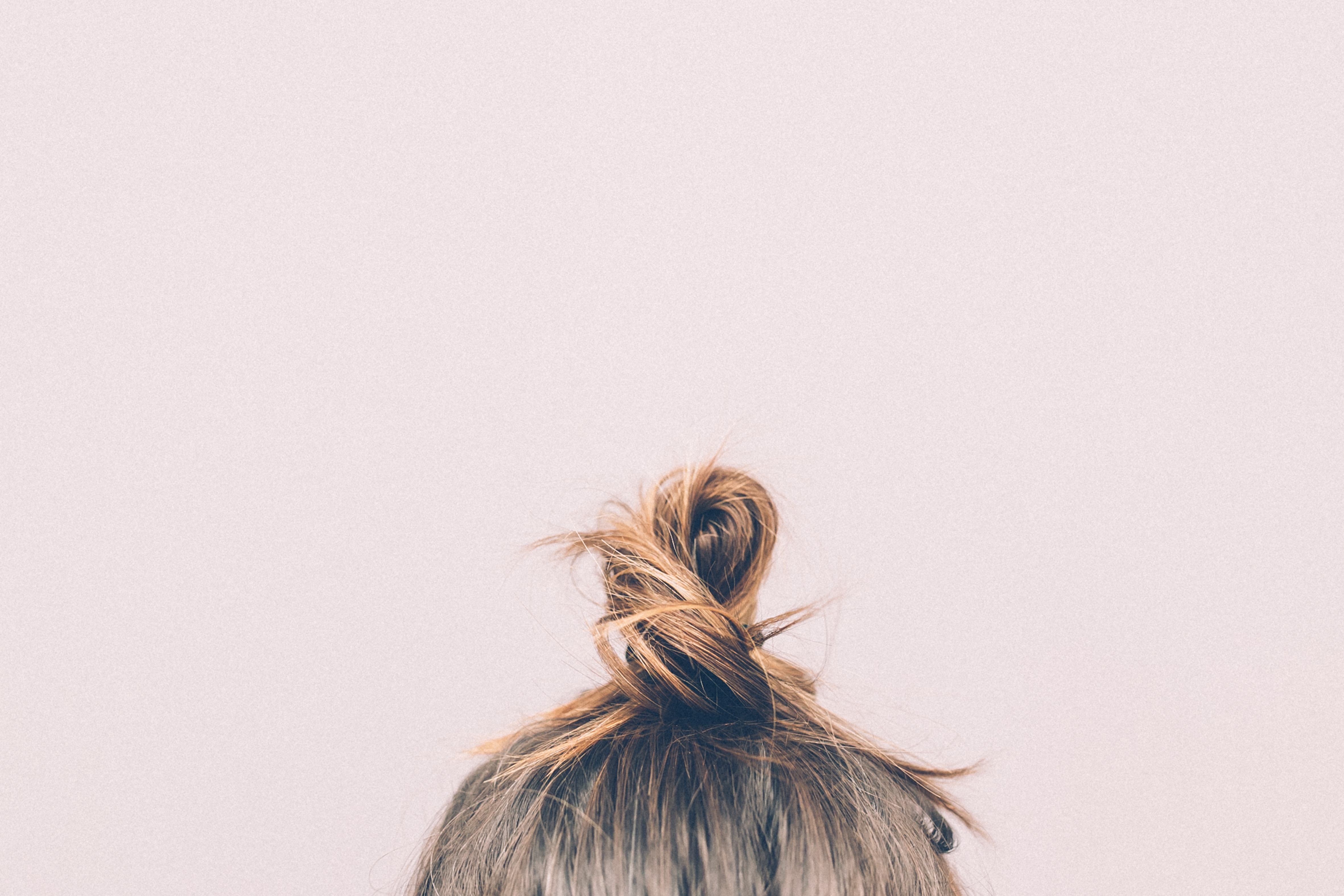
Along with hot flashes and brain fog, hair is among the many things that your hormones can mess with during the perimenopausal years. We chat to expert trichologist, Eleanore Richardson MIT, to find out what’s happening and what you can do about it…
Losing hair is normal, with experts agreeing that we naturally shed around 50 to 100 strands every day. But, if you’ve noticed more hair than usual lurking in your plug-hole, how do you know if it's something to worry about, and what impact does perimenopause have on your hair?
If you’re worried about changes to hair texture and volume, we’ve got all the advice you need on nourishing and maintaining hair health during perimenopause thanks to expert trichologist, Eleanore Richardson MIT.
Let’s start with the basics. Perimenopause is the time when your body makes the natural transition to menopause.
During these months and years, your periods can become irregular and you may experience a range of symptoms, like hot flushes, insomnia and vaginal dryness. This is primarily caused by levels of oestrogen and progesterone declining. So, how does this affect your hair?
The good news is that hair loss during perimenopause is often temporary
“It's all about the protection that gets provided from oestrogen and progesterone in the regular hair cycle,” says Eleanore. “When these two key hormones start to decline, we see a direct decrease in the number of active follicles on the scalp, along with the length of time that hair is in the growing phase.”
Generally, this period of hormonal change can affect everything from hair texture to fullness. However, it’s good to remember that perimenopause symptoms are by no means universal, and not all women will experience them to the same extent. Here, we list the possible symptoms that perimenopause may cause, but don’t feel disheartened. As Eleanore explains in her perimenopause hair plan at the end, there are ways that you can take control.
Hair loss and thinning are incredibly common symptoms of perimenopause. “The reason for this is that declining oestrogen levels cause an increase in the number of hairs in the shedding phase versus the growing phase. We call this the antigen-telogen ratio,” explains Eleanore. “Hair density is naturally on the decline as we age, but the added issue of dropping hormones can make hair feel a lot thinner.”
As these hormones drop, the body stimulates the production of male hormones, which can shrink hair follicles. It also causes an increase in the time between hair falling out and how long it takes to regrow again.
In addition to this, the amount of time that hair is left in the growing phase reduces too. “This means that we get fewer hairs growing overall,” says Eleanore.
“Unlike the classic male pattern baldness shape, women tend to keep their fringe area but lose a band of hair behind,” says Eleanore. If you’ve noticed less hair in this area, it’s likely down to a hormonal trigger.
Gentle formulations that are free of sulphates will help to strengthen the hair shaft without removing moisture
“It could be due to your testosterone levels,” adds Eleanore, “which can play a role during perimenopause when you have less oestrogen and progesterone as a protective factor.”
You might notice your hair is more wiry, curly and unruly during the peri period. This effect is less about the hair and follicle, and more about the sebaceous gland activity - translation: microscopic glands found beneath the skin surface that secrete an oily substance that protects your skin from drying out.
“As we get older, the activity of our sebaceous gland decreases,” says Eleanore. Without those ultra-smoothing natural oils, our hair can feel and look drier than usual. “Essentially there’s less sebum travelling from the scalp surface down the hair shaft, so we lose the lubrication that keeps our hair feeling soft and supple.”
You might also find that it’s harder to tame your hair, too, with more fluffy flyaways than usual. “If your hair density has decreased, there’s less weight flattening your hair down. This can give a ‘puffed up’ texture and appearance to the hair.”
As we mentioned earlier, sebum glands are “super important” for “giving waterproof lubrication to the hair and scalp,” says Eleanore. “When sebum isn’t doing its job as usual, we might lose a bit of natural shine to the hair, leading to tell-tale dullness.”
The good news is that hair loss during perimenopause is often temporary and many women see an improvement once their hormone levels stabilise after reaching full menopause. That said, we know that hair can have a big impact on how we feel about ourselves, so it's important to know that we’re not alone and that there are strategies that can help.
Whether you have ultra-knotted hair when you’re fresh out of the shower or not, a leave-in conditioner can work wonders on brittle strands.
This is because leave-in products provide extra moisture to the hair when the sebum glands aren’t firing on all cylinders. Plus, they’re suitable for all hair types - curly, straight, natural or colour-treated.
“Afro hair types should focus on moisturising the hair heavily with curly-hair-specific conditioners and creams,” advises Eleanore.
“If you have hair that is thinner, finer and straighter, then you’ll want to aim for products that don't leave a lank, heavy residue on finish - so go for a light serum instead.”
Another good tip is to opt for shampoos and conditioners that don’t contain sulphates - translation: cleansers that strip the hair of dirt and oils.
Gentle formulations that include biotin, collagen or keratin will help to gently strengthen and clean the hair shaft without removing moisture
“You can never underestimate the power of a good haircut,” affirms Eleanore. If you can afford it, it’s worth spending a bit of extra money on a hairdresser that’s experienced in thinning hair and has a specialism in your specific hair type. “A good stylist will take off some of the brittle, dry ends and give you options and inspiration as to how you could style your hair.”
A full head of platinum highlights might feel great for the summer, but when you dye hair blonde, it could come at a big cost for your hair health.
TikTok sock curls are a really easy and damage-free way to get a nice style to your hair
“I’m against bleaching the hair because it puts so much damage on the outer hair shaft,” says Richardson. “The quality of the hair struggles if you’re going for blonde, so try to use bleach sparingly if you’re adamant about hair foils.
“Semi-permanent colour is a much better option as it will provide a tint to the hair without damaging the shaft. That said, I would always tell any woman to embrace and rock her natural grey hair!”
When it comes to styling, Eleanore says we should throw out the frazzling heat tools and be inspired by Gen-Z instead. “Straighteners add lots of lasting damage to the hair shaft and the jury’s out on whether heat protectant sprays actually work. Realistically, have you applied it to every single inch of your hair? Probably not.
“TikTok sock curls are a really easy and damage-free way to get a nice style to your hair,” notes Eleanore. This trendy haircare trick involves weaving (clean) socks into your damp hair, and leaving them there to dry overnight. The result? Bouncy, natural, heatless curls.
“With naturally curly hair, you should always work with the cowl pattern rather than against it, because it's going to be so much easier and healthier on the hair,” she adds. Avoid overwashing, scrunch hair to set in the natural curl pattern and try applying conditioner damp hair to seal in hydration.
When hair feels thinner than usual, it’s tempting to add hair extensions to give the illusion of volume. “Try to avoid this,” warns Eleanore “Adding weight to the follicle is a big no-no at a time in life when we know our hair is getting weaker and is more prone to breaking.
“It’s really important to pull back on any strong processings, whether colour, heat or weight.”
There’s no shortage of fancy hair supplements on the market that promise thicker, shinier locks in just a few servings.
“At my clinic, the only reason we give supplements is if something is specifically deficient - usually iron, vitamin D, or zinc. These are the vitamins that really impact hair,” explains Eleanore.
A simple blood test at the GP can check the amount of the vitamin in your blood and identify any potential deficiencies. “If you're really concerned though, take a quality multivitamin to cover all your bases.”
Great hair isn’t just about the products we keep in our bathroom. It’s interconnected to our overall health, including our physical, emotional and mental wellbeing.
Diet can make a big difference to the quality of hair, so aim to consume a nutritious, well-rounded diet that includes a variety of fruits, vegetables, lean proteins, wholegrains, and healthy fats. In particular, foods rich in vitamins, minerals, and antioxidants, such as biotin, zinc, iron, and vitamins A, C, and E, can support growth.
Make sure you’re also drinking the recommended 6 to 8 glasses of water each day, as it’s vital for the hydration of your scalp and hair follicles.
Finally, chronic stress isn’t all that great for our hair - it can negatively impact hormone levels, contributing to hair loss. Rather than scrolling on your phone, try to schedule stress-reducing activities like yoga, meditation or deep breathing exercises.
If you’re keen on further support, booking in with a trichologist is a good place to start. “We can assess your hair and scalp health and look at other factors in your life, such as your styling history, medical history, diet, and health, that could be contributing to a state of change,” says Eleanore. “Usually, it's not just one thing that's an issue - It's three or four. Only by dealing with the body as a holistic whole and all the factors affecting our hair do we see a really good result.
“Surgery wouldn't be something that I'd recommend because it involves taking hair you've already got to refill other areas. During perimenopause, because you usually get overall thinning across the head, this isn’t an effective solution.”
Finally, if your hair is looking and feeling a little different, Eleanore says the most important thing is to be kind to ourselves.
“We treat women pretty badly in society in terms of beauty standards and values, so limiting exposure to social media posts that trigger negative body comparisons can be really helpful. When it comes down to it, you’re still the same brilliant person, no matter what’s happening physically."
 Cycle syncing
Cycle syncing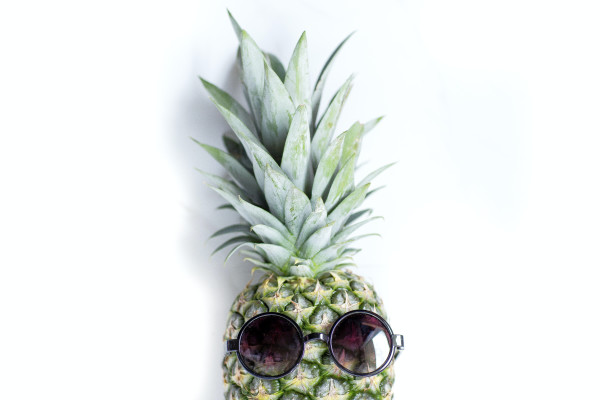 Perimenopause
Perimenopause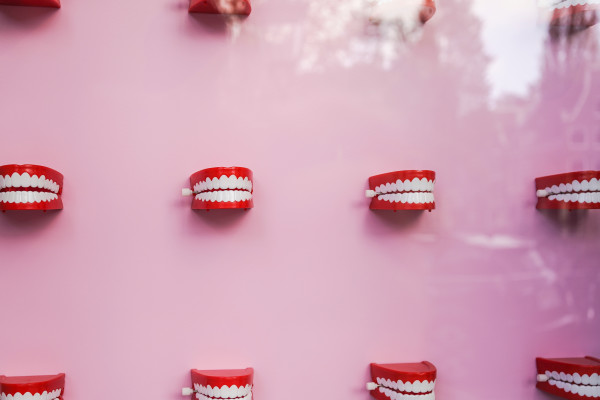 Perimenopause
Perimenopause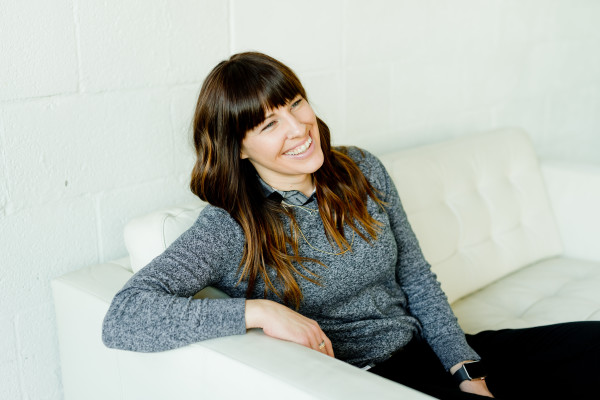 Perimenopause
PerimenopauseSign up to learn everything you need to know about CycleMapping, plus how you can live better and feel better through optimising your fitness to you.
This website uses cookies to ensure you get the best experience on our website. Learn more
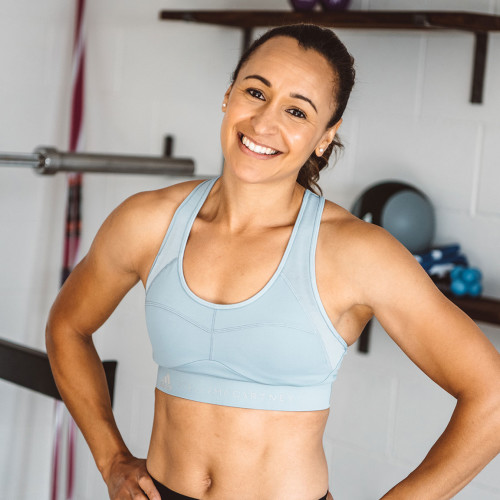
Sign up for the very latest news on women's fitness, health and hormones, plus be the first to receive exclusive offers and extras